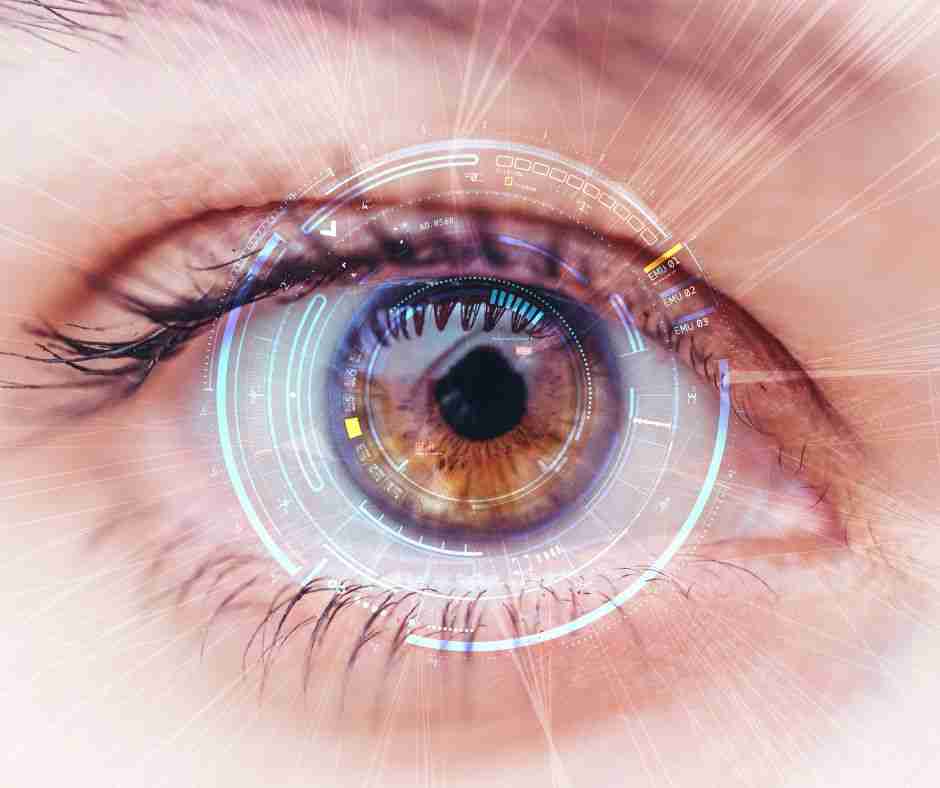Panretinal photocoagulation (PRP) is the backbone of therapy for reduced retinal blood flow (ischemic) disease. The procedure involves creating thermal burns in the Outer (peripheral) retina leading to tissue coagulation, the overall consequence of which is improved retinal oxygenation. In simple terms Non essential retina is destroyed to preserve useful and functional retina.
The causes of pan-retinal photocoagulation put a stop to the development of new vessels over the retina and elsewhere, and not to regain lost vision. There is no improvement in vision after the laser treatment. Vision may decrease due to edema or swelling of the retina, after the laser treatment.
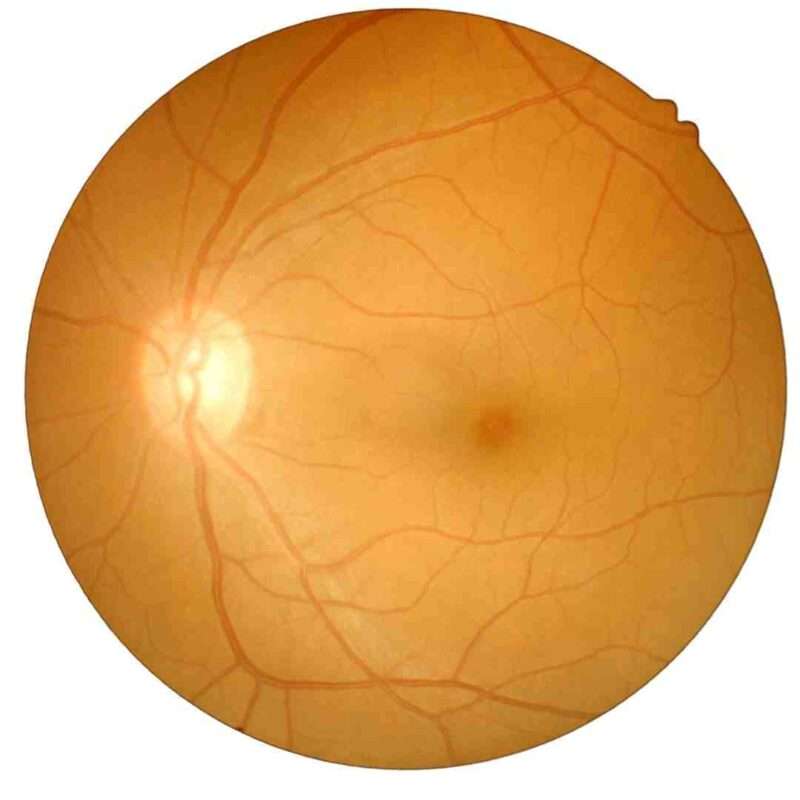
Panretinal photocoagulation indication
Panretinal photocoagulation is a treatment is used to indicate retinal ischemia and retinal neovascularization, from whatever cause. However, Panretinal photocoagulation is most commonly done for proliferative diabetic retinopathy.
Panretinal photocoagulation procedure
Panretinal photocoagulation is a mainstay of therapy for retinal ischemic disease. The procedure involves creating thermal burns in the peripheral retina leading to tissue coagulation, the overall consequence of which is improved retinal oxygenation.
Panretinal photocoagulation procedure Laser
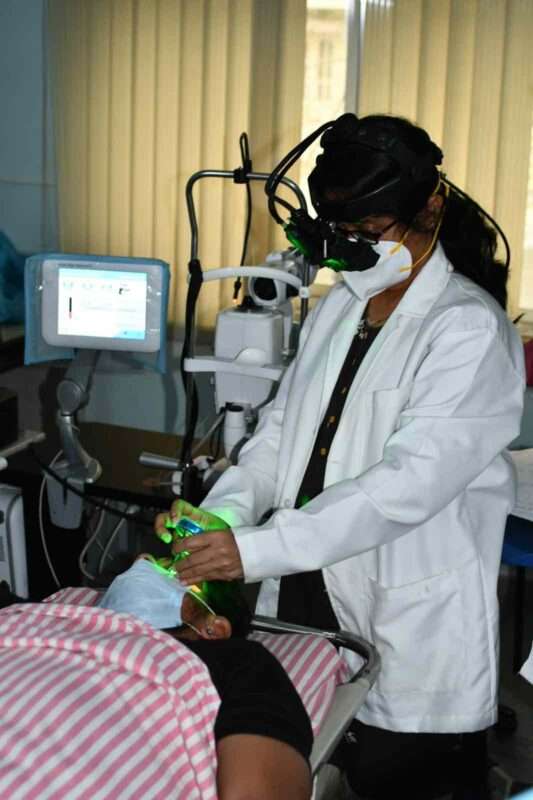
The Diabetic Retinopathy Study (DRS) examined the effects of PRP through xenon arc lasers. Laser photocoagulation is a type of laser surgery for the eyes. It is done to treat age-related macular degeneration (AMD). AMD is a condition that can lead to loss of vision. The retina is the layer of cells in the back of your eye that converts light into electrical signals.
Panretinal photocoagulation treatment
The treatment can take about two weeks, but the exact recovery time will vary for each person. It’s normal for your vision to be blurry the first 24 hours after surgery. Make sure to follow any activity limitations recommended by your doctor to give your eye time to heal. Panretinal photocoagulation is also to treat the diabetic retinopathy study, it quickly became the gold standard after the success of the landmark Diabetic Retinopathy Study and the Early Treatment Diabetic Retinopathy Study.
Panretinal photocoagulation treatment for diabetic retinopathy
PRP by laser treatment is the standard intervention for patients with high-risk progressive diabetic retinopathy (PDR) and it has been shown to reduce the risk of severe vision loss for eyes at risk by 50%. Diabetic retinopathy affects your sight, the main treatment is laser treatment to treat the growth of new blood vessels at the back of the eye (retina) in cases of proliferative diabetic retinopathy and to stabilize some cases of maculopathy. If the patient suffering from advanced-level diabetic retinopathy then Dr may use laser treatment called scatter laser surgery as part of your treatment plan.
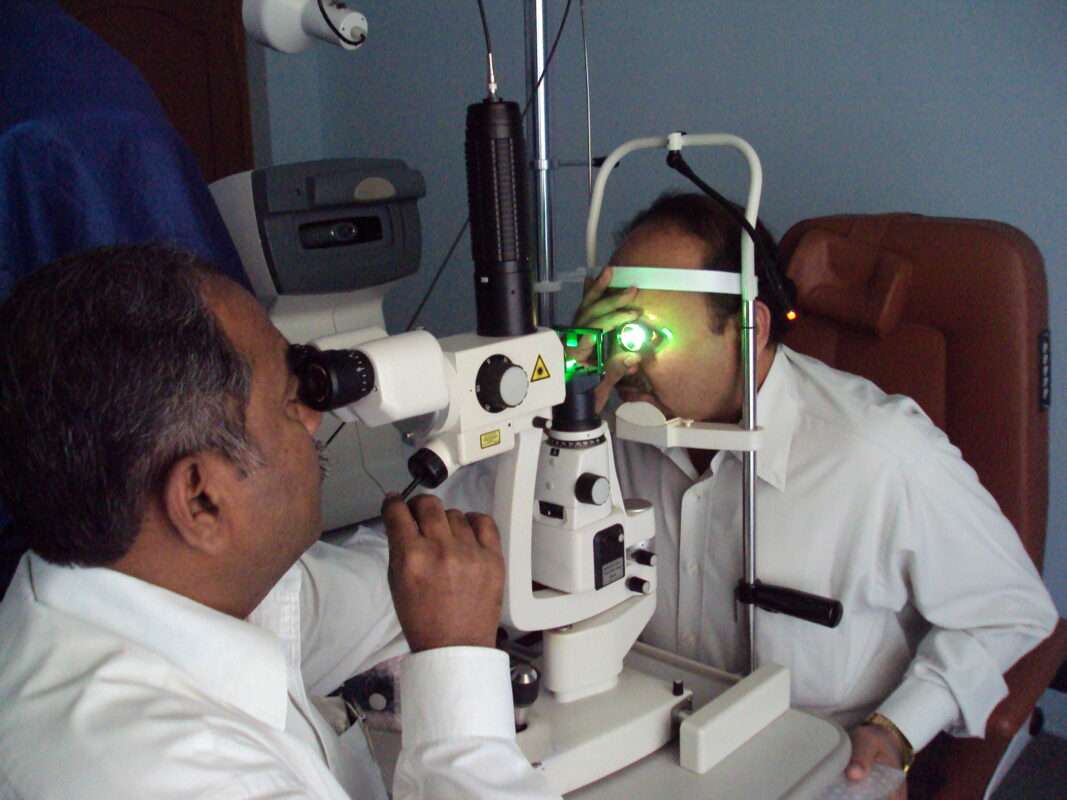
Which laser is used for Panretinal photocoagulation?
The laser used for pan-retinal photocoagulation is yellow, green, or red laser light. Laser energy is absorbed is converted to thermal energy, raising the tissue temperature to approximately 20 or 30 degrees Celsius. Panretinal Photocoagulation is a type of laser treatment for the eye. It is used in people who have developed new abnormal blood vessels.
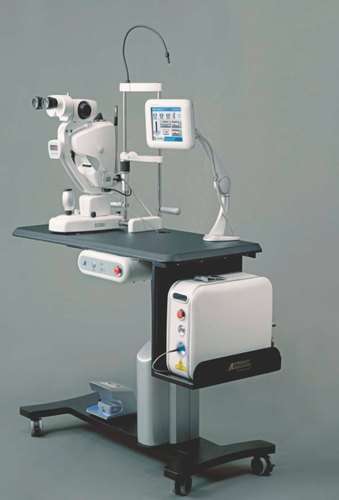
Panretinal photocoagulation and focal treatment
Focal photocoagulation treatment is used to seal specific leaking blood vessels in a small area of the retina, usually near the macula. During focal treatment, the patient may experience some bright flashes of light during treatment but typically there is no pain. The treatment takes a few minutes. Immediately afterward your vision will be dark
Is pan-retinal photocoagulation painful
Panretinal photocoagulation (PRP) for proliferative retinopathy is known to be painful for some people however, few studies have explored the effects of pain on the procedure within clinical practice. Most retinal laser treatments involve only mild discomfort. Depending on the type of treatment, different anesthetics are used. Many treatments require only anesthetic eye drops, which numb the eye. Some laser treatments, however, involve greater discomfort, and occasionally an anesthetic injection is required.
How long does the laser surgery take?
Laser treatment usually takes less than 30 minutes to perform, and patients can go home immediately following surgery.
About Author:

Dr. Mansi Mehrotra is Medical Retina And Uvea Consultant Ophthalmologist at Vijaya Nethralaya, Bangalore. With a special interest in diabetic retinopathy and age-related macular degeneration, Dr. Mansi has, throughout her career performed several cataract surgeries. She has also treated retinopathy of prematurity with a laser indirect ophthalmoscope. When it comes to academics, she has penned several publications for peer-reviewed journals and presented papers at state conferences.

